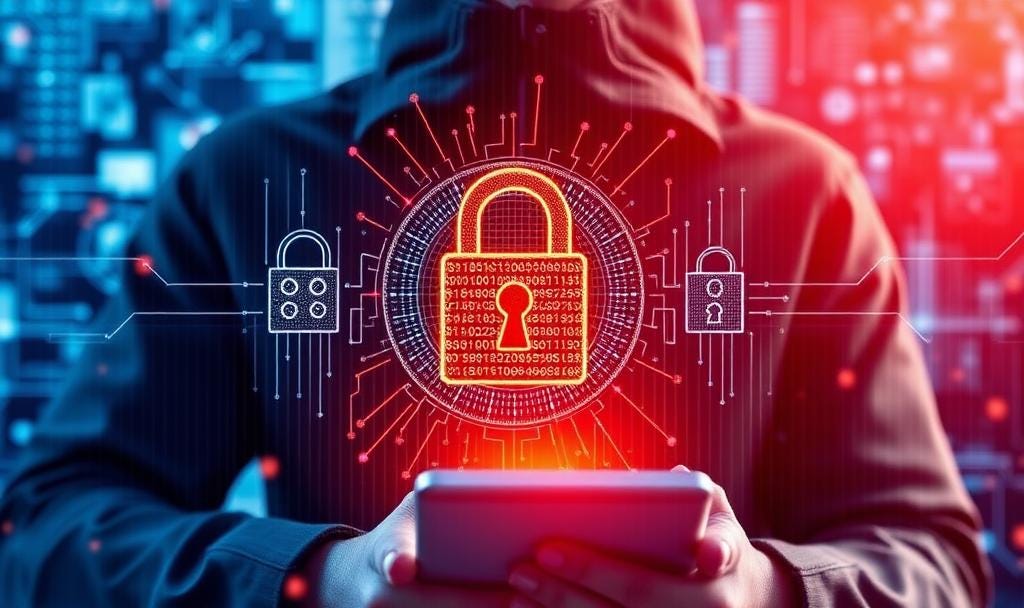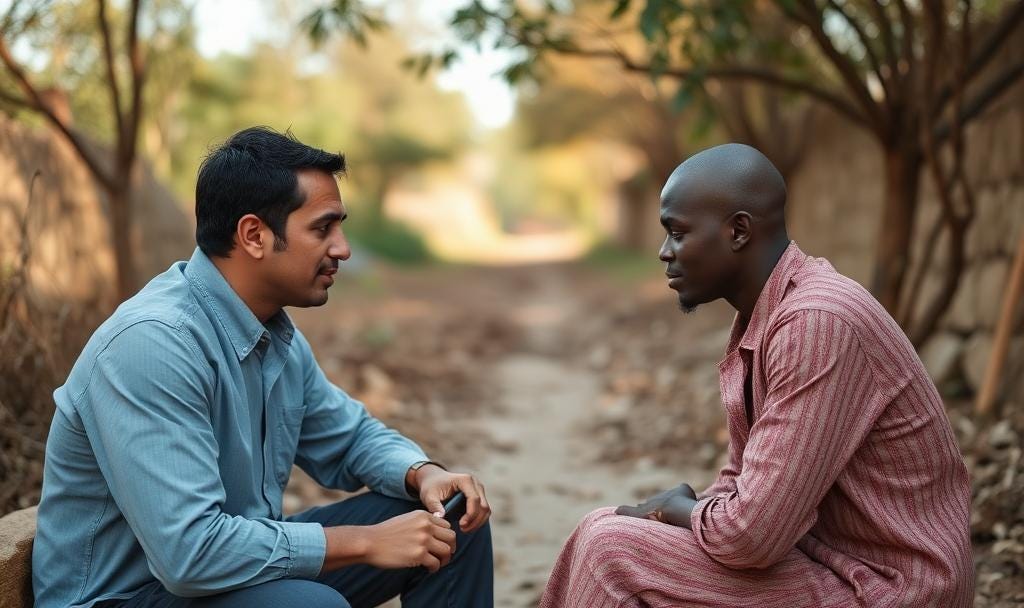Navigating the Perils of Conflict Reporting - A Practical Guide for Journalists
How to Stay Safe, Ethical, and Resilient in High-Risk Environments
Reporting from conflict zones is one of the most challenging and vital roles in journalism. It requires not only courage and skill but also a deep understanding of the risks and ethical responsibilities involved. From avoiding deadly hazards like landmines to managing the psychological toll of trauma, journalists must be equipped with the right tools and strategies to protect themselves, their sources, and the integrity of their work.
The Hidden Dangers: Explosives and Landmines
In conflict zones, explosives and landmines are among the most deadly threats journalists face. These hazards are often hidden, difficult to detect, and highly destructive. Journalists must learn to recognize signs of minefields, understand the types of explosives used in conflicts, and follow strict safety protocols to navigate these dangers effectively. By mastering these skills, reporters can minimize risks and focus on their mission to tell important stories.
Digital Security: Protecting Data and Sources
Journalists in conflict zones are frequently targeted by state and non-state actors seeking to monitor their activities, steal sensitive information, or disrupt their work. Digital security is essential for safeguarding not only the journalist’s data but also the safety of their sources. Practical measures, such as using encrypted communication tools, securing devices, and avoiding surveillance, are critical for operating safely in high-risk environments.
The Double-Edged Sword of Social Media
Social media is a powerful tool for journalists, offering real-time updates, audience engagement, and access to sources. However, it also exposes journalists to risks, such as doxing, surveillance, and the spread of misinformation. Best practices for managing an online presence include protecting personal information, verifying content before sharing, and using social media responsibly to connect with sources and verify information.
Combating Propaganda and Misinformation
Conflict zones are often flooded with propaganda and misinformation, making it challenging to discern the truth. Journalists must develop skills to identify credible sources, verify information, and critically analyze narratives presented by conflicting parties. By doing so, they can ensure their reporting is accurate, fair, and trustworthy, even in the most chaotic environments.
Building Resilience Through Support Networks
The emotional and psychological toll of conflict reporting can be overwhelming. Building a strong support network is crucial for resilience. This network can include colleagues, friends, family, and mental health professionals who provide emotional, practical, and professional support. Peer support groups and counseling can also help journalists process trauma, manage stress, and maintain long-term well-being.
The Path to Long-Term Resilience
Resilience is not just about surviving the immediate challenges of conflict reporting—it’s about thriving over the long term. Journalists can build resilience by setting boundaries, pursuing hobbies, finding meaning in their work, and developing a growth mindset. Transitioning back to normal life after leaving a conflict zone also requires careful reflection, reconnection with loved ones, and, if needed, professional support.
Learn More: Enhance Your Skills with Practical Guidance
For journalists seeking to deepen their understanding of these critical subjects, the comprehensive Reporting from the Edge Book Course is available online at reportingfromtheedge.com. This course provides in-depth training on safety, ethics, and resilience, equipping journalists with the tools they need to navigate the complexities of conflict reporting with confidence and professionalism.
If you consider yourself an experienced war correspondent or a journalist preparing for your first assignment in a high-risk environment, RFTE Book Course offers invaluable insights and practical strategies to help you stay safe, ethical, and effective in the field. Visit reportingfromtheedge.com to learn more.
This article is an extract from the Book Course Reporting From The Edge and it provides a concise overview of the challenges and strategies for conflict reporting, while encouraging readers to explore the full Book Course for detailed instructions.









